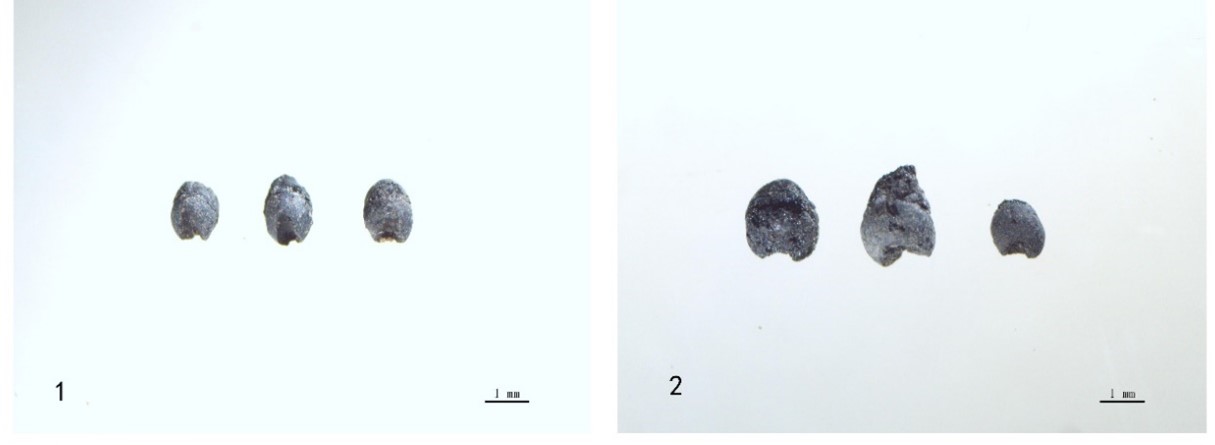On the advancement of agriculture during the Pre-Qin period in the Central Plain of China from archaeobotanical findings
BY Hua Zhong, Institute of Archaeology, Chinese Academy of Social Sciences
The Central Plain in China has been a core area of research, including on the origin of Chinese civilization, the process of social complexity, the formation of early states, etc. Throughout the Pre-Qin period, there were at least three profound changes in agriculture in this region. These developments demonstrate local advancements as well as deeply influencing trends of cultural development.
The first big change in agriculture happened during the Miaodigou Period (6000-5500 B.P.). Foxtail millet (Setaria italica) became the dominant crop over broomcorn millet (Panicum miliaceum) and farming activities, became the main mode of subsistence over hunting and gathering. Further, dry-farming systems and farming society were established as well. These significant changes improved land utilization and average output, offering the possibility of expanding the Miaodigou people.
The second change in the agriculture of the Central Plain took place in the Longshan period (4600-3900 a B.P.). Although a dry-farming system dominated by foxtail millet was still predominate, the importance of rice (Oryza sativa) and soybeans (Glycine max) increased. The rising status of rice during the Longshan period was unprecedented, which may have benefited from the transformation of marshes and flood land in paddy fields, or the implementation of irrigation, both requiring a much higher labor input. Soybeans probably provided considerable vegetable protein while also supplementing soil fertility. During the Longshan period, the increase of cultivated area and crop yield, laid an important foundation for rising social complexity, and the formation of early civilization in the Central Plain.
The third change appeared during the Erligang period (early and middle Shang dynasty), when wheat (Triticum aestivum) was adopted into the local farming system. From the recent archaeobotanical evidence, the earliest wheat found in China was from the Jiaodong Peninsula of Shandong during the Longshan period. However, in both the Jiaodong Peninsula and the Central Plain, discoveries of early wheat have been sporadic. A more obvious shift towards wheat cultivation in the Central Plain was during the Erligang period. Though foxtail millet was still the dominant crop, the quantity and status of wheat increased in this region. As an early state capital at that time, Erligang farmers may have alleviated risks associated with reliance on traditional millet agriculture by supplementing crops with wheat.
These three profound changes in the agriculture of the Central Plain during the Pre-Qin period, which reflect advancement of agriculture compared with surrounding regions, were closely connected with the local environment and the development of local culture. The introduction of new crops and adjustment of older ones demonstrates that farmers new crops and adjustment of older ones demonstrates in this region were regularly involving improving the nutritional quality and reliability for agricultural products. By increasing agricultural yield of farmland, and the reutilization of barren areas, the continual needs from an increasing population could be met in the Central Plain. Additionally, this unique development pathway also contains the internal motivation of the establishment of agricultural society and the formation of early civilization, distinguishing developments in this region from surrounding areas.
The original article was published in SEAA Newsletter March 2021 Issue 1. https://seaa-web.org/sites/default/files/seaa_newsletter_2021_march_issue_1.pdf

